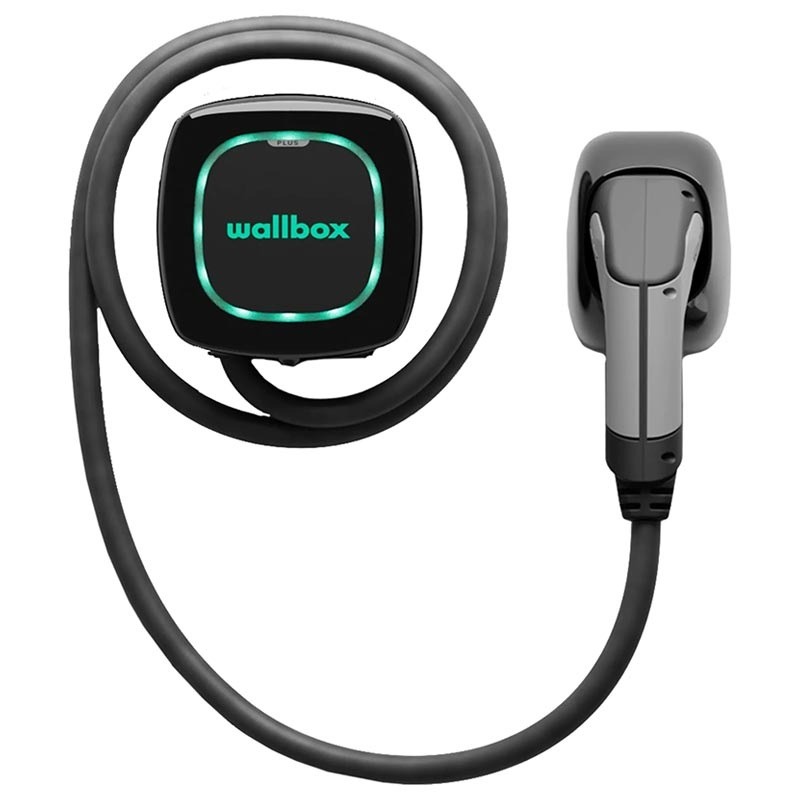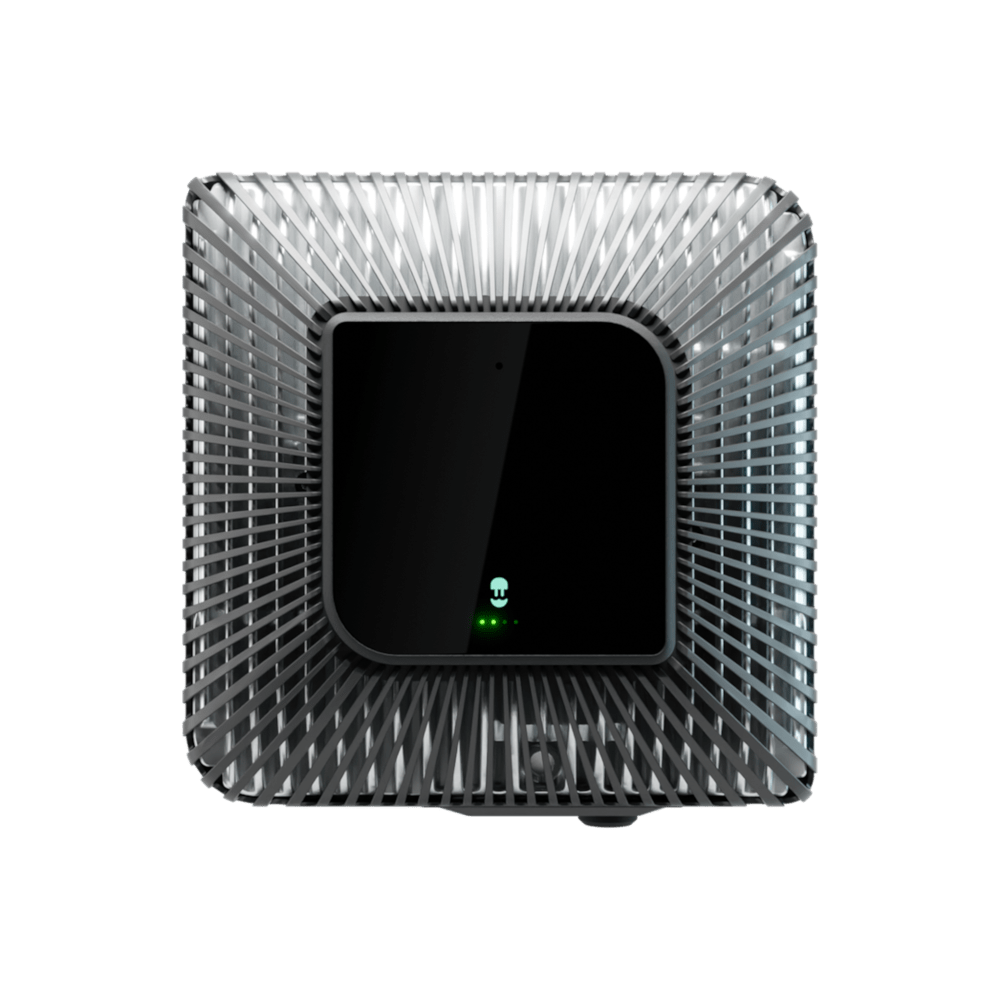Electric vehicle charging is changing our homes, grid reliance and storage capacity as more Australians switch to electric cars. Read on to find out how Electrical Vehicle Charging is changing our home energy use.
Electric Vehicle Storage Capacity
A typical home battery stores around 10-15 kilowatt-hours of energy, whereas an electric vehicle on average has between 50-100kWh of storage capacity. This price per kilowatt hour of both a standard home lithium battery and an electric vehicle is comparable. Essentially, buying an Electric Vehicle is almost like paying for the battery and getting the rest of the car as a bonus. Therein lies the ability to use electric vehicles as a battery while it’s sitting in the driveway or garage. Using a vehicle to home charger, the vehicle’s battery can power the home when the grid goes down, during peak events or for general use at night.
To understand how vehicle to home energy exchange can happen, it’s important to know the difference between current Electric Vehicle charging technologies available in the Australian market.
Conventional Electric Vehicle Charging
Conventional electric car chargers include those included with your vehicle or as an upgrade from the manufacturer or a third-party. These ‘level 1’ chargers are often single phase and, in most cases, draw power directly from the grid, delivering an output around 2.5kW/h.
Conventional Chargers include the Tesla Wall Connector, Z Benny Wall Charger and

Solar Electric Vehicle Charging
Solar EV chargers are the next technology type. Through integration with your existing solar power system, these chargers allow your home to benefit from ‘power optimization’. The solar power generated, together with the home’s consumption is intelligently monitored in real time to ensure energy is sent straight to the EV and not fed back to the grid at a lower rate.
Based on a standard 6.6kW solar system, the time taken to charge a new Hyundai Kona EV battery from 20% is approximately seven hours. The range for this vehicle, like similar EV models is 390-400km. This means that the average owner who is travelling locally to work or school, can charge the vehicle using solar during the day on the weekend, and still have enough range for the whole week. For a 10kW solar system, the charge time from 20% is dramatically reduced to approximately five hours.

Vehicle to House (V2H) and Vehicle to Grid (V2G) Chargers
The final technology includes vehicle to house (V2H) and vehicle to grid (V2G) chargers known as bidirectional chargers. Bidirectional chargers allow you to use your vehicles battery to power your home as discussed above. When integrated with the latest smart metering technology, these chargers also afford the same benefits to that of a solar EV charger including power optimization and minimizing exported energy.
There are a number of bidirectional chargers coming to market over the coming months, however, the most popular currently is the Quasar and Quasar 2 charger by Wallbox. For the purpose of this

Charging Solutions by the Solar & Battery Experts
At Goodhew Electrical and Solar, we offer a range of Electrical Vehicle Charging solutions for all applications. Visit our Electric Vehicle Charging page for more information.


